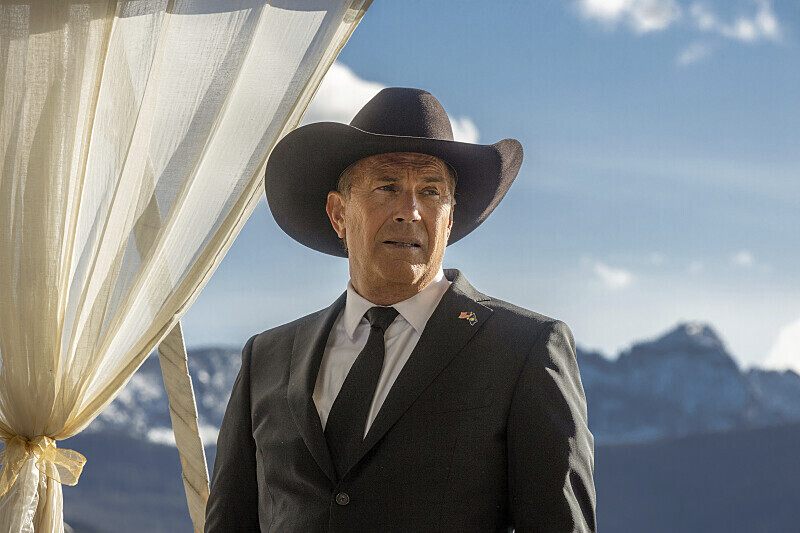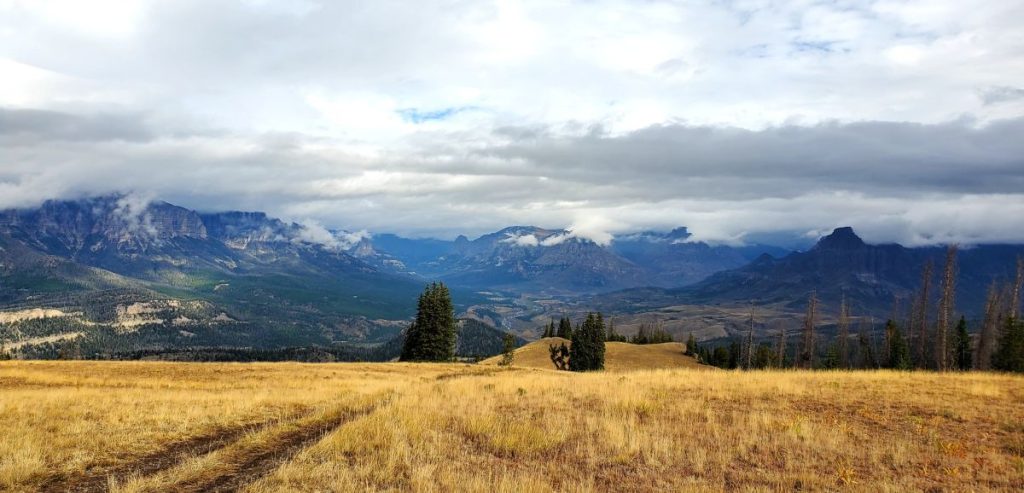Yellowstone Fire: 5 Interesting Facts About Wildfire in Yellowstone
Written by Nick on May 6, 2023
Yellowstone Fire: A Transformative Process in America’s First National Park
Wildfire in Yellowstone National Park has long been one of the natural processes that helped shape the park’s ecosystem, but it was the fires of 1988 that made fire management within national parks a hot topic both locally and across the country.
There are differing perspectives on how Yellowstone fire events should be managed. It’s a natural instinct to approach wildfire in Yellowstone with a “full suppression” mindset, but at the same time, fires can contribute to the long-term health of forests, which is why fire managers don’t always rush to extinguish blazes that ignite within the park.
Whether you’ve been to Yellowstone before or you’re a first-time visitor, it’s easy to see the evidence of previous wildfires that have burned through the park.
To address some of the most common Yellowstone fire questions from visitors, here’s a list of eye-opening facts about wildfire in Yellowstone over the years.
1. 78% of Yellowstone Wildfires are Caused by Lightning
According to the National Park Service, that means only 22% of wildfires in Yellowstone are caused by humans.
But that doesn’t mean you should take fire safety lightly. In fact, it’s worth reviewing our guide to Yellowstone wildfire prevention so that you can do your part to help protect the park.
Regarding lightning: If you’re new to the Rocky Mountain region, you may notice that dry thunderstorms are quite common during the summer. Because these storms release little precipitation, there’s no moisture to douse lightning strikes, which is how over three-quarters of all wildfire in Yellowstone starts.
As trees age and fuels accumulate on the forest floor, older groups of trees become increasingly vulnerable to lightning-caused fires.
“Some forests in Yellowstone may not have burned in at least 300 years and may be particularly prone to lightning ignition,” the National Park Service says on its website.
2. The NPS is Only Required to Protect 2% of Yellowstone’s 2.2 Million Acres
The idea that authorities are only obligated to protect such a small proportion of Yellowstone National Park might sound senseless at first, but there’s actually a very good reason behind it.
You see, that 2% they’re required to protect from wildfire in Yellowstone is all of the “developed” areas within the park, such as Grant Village, Fishing Bridge, or Mammoth. In undeveloped areas, fires that were not human-caused are typically allowed to burn themselves out.
Why on earth would the park service let Yellowstone fire destroy these pristine areas? Well, because in the big picture, fire contributes to a healthy forest.
In the section above, we described how older stands of trees are more susceptible to lightning-caused fires. As fire clears out this older growth, it makes room for new growth. Think of it as one way for the forest to regenerate.
There is one notable exception: In addition to the developed 2% of Yellowstone National Park, the park service must protect human life from wildfires.
3. Most Yellowstone Fire Starts Don’t Spread Beyond .25 Acres
Although the devastating fires of 1988 are what more people think of when they imagine wildfire in Yellowstone, it’s important to remember that those fires gained infamy because of their unprecedented size.
Overall, according to the NPS, roughly 75% of Yellowstone fire starts never grow beyond .25 acres in size. In addition, 92% of Yellowstone wildfires never burn more than 100 acres.
So, on the whole, fire isn’t that big a worry for the park or its visitors.
Take the 2019 fire season, for example. That year, 11 known wildfire starts burned 274 acres.
Of those fires, three were determined to have been caused by humans, and were suppressed in accordance with the park’s policies.
Additonally, one lightning-caused Yellowstone fire — the type that is usually allowed to burn — was suppressed by firefighters due to dangerous conditions.
Meanwhile, fire managers monitored the other 7 blazes to ensure public safety.
4. Wildfire in Yellowstone Depends on Moisture Content and Weather
Sure, wildfire can occur anywhere at any time, and it’s especially important for visitors to keep this in mind as they practice Yellowstone fire safety.
But often, the forest is too wet for fires to burn, which is partly why so many Yellowstone wildfires burn such a small area — 88% of all Yellowstone fire starts burn fewer than 10 acres.
Fire managers proactively monitor moisture content throughout the park to evaluate the likelihood of wildfire in Yellowstone starting and spreading in a given year. The process is quite scientific.
As always, drought makes things worse. Periods of drought contributed to particularly bad years for wildfire in Yellowstone in 1988, 2003, and 2016.
5. Yellowstone Averages 26 Fires Annually
Wildfire in Yellowstone records maintained since 1972 are considered reliable enough to be used for statistics, so we only have about a half-century of data to go on.
But in that period, the park service says Yellowstone sees an average of 26 distinct fires each year, burning a total average area of 5,851 acres.
However, that doesn’t include the fires of 1988. Because these fires were a huge outlier, they aren’t factored in as part of the yearly Yellowstone fire statistics.
To give you an idea of how severe the 1988 fires were, they burned nearly 800,000 acres within the park. But if you include the entire area of these fires, regardless of park boundaries, they burned a total of roughly 1.4 million acres.
So, it’s easy to see why they aren’t included in the yearly statistics.
In addition to practicing good fire safety while in Yellowstone, have a look at our tips for being a responsible visitor in Yellowstone National Park.

